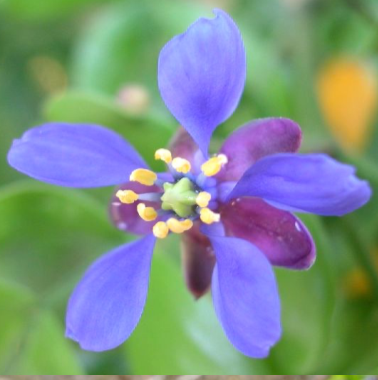Pollination ecology and breeding system of the tropical tree Guaiacum sanctum on two Caribbean islands with contrasting pollinator assemblages
DOI:
https://doi.org/10.26786/1920-7603(2022)669Keywords:
alien pollinators; Apis mellifera; native bees; plant-insect interaction; subtropical dry forest; reproductive biologyAbstract
Insular pollination systems are more extinction-prone and vulnerable to invasive species than mainland ones. They often have plants with reproductive mechanisms allowing for self-compatibility and low species-rich communities of pollinators. Here, we document different reproductive traits of the tropical tree Guaiacum sanctum on two insular populations with contrasting pollinator assemblages: Guánica in Puerto Rico with alien honeybees and Mona Island where honeybees do not occur. Using field observations and pollination experiments, we evaluated pollinator species richness, visitation rates, breeding system, and the fitness of selfed- vs. crossed-progenies. We found that flowers are pollinated by insects on both islands, but while the species richness of pollinators was higher on Mona, the visitation rates were considerably higher in Guánica where trees are almost exclusively visited by the introduced Apis mellifera. Flowers are not apomictic, and autogamy is negligible indicating that pollinators are required to set fruits. Outcrossing yielded nearly twice the number of fruits and seeds than selfing and these differences were consistent between populations, which might reflect early acting inbreeding depression, partial self-incompatibility, or differences in resource allocation between selfed and outcrossed fruits. Our combined results suggest that the substantial reduction in pollinator visitors in areas dominated by A. mellifera may add an additional level of vulnerability to these threatened populations. Although reproductive fitness is higher in Guánica, mostly due to the pollination services provided by A. mellifera, this population may be more susceptible to environmental changes and large-scale disturbances affecting pollinator abundance given the reduced diversity of flower visitors.

Downloads
Published
How to Cite
Issue
Section
License
Copyright (c) 2022 Jose J. Fumero-Caban, Elvia, Julissa

This work is licensed under a Creative Commons Attribution 4.0 International License.
JPE is an open access journal which means that all content is freely available without charge to the user or his/her institution.
Authors who publish with this journal agree to the following terms:
1) Authors retain copyright and grant the journal right of first publication with the work simultaneously licensed under a Creative Commons Attribution License that allows others to share the work with an acknowledgement of the work's authorship and initial publication in this journal.
2) Authors are able to enter into separate, additional contractual arrangements for the non-exclusive distribution of the journal's published version of the work (e.g., post it to an institutional repository or publish it in a book), with an acknowledgement of its initial publication in this journal.
3) Authors are permitted and encouraged to post their work online (e.g., in institutional repositories or on their website) prior to and during the submission process, as it can lead to productive exchanges, as well as earlier and greater citation of published work (See The Effect of Open Access).
To assure a broader targeted audience, content will be included into databases (such as EBSCO) and directories (such as DOAJ).











